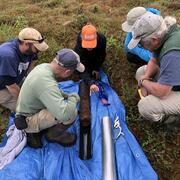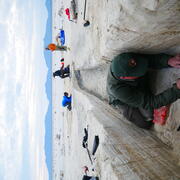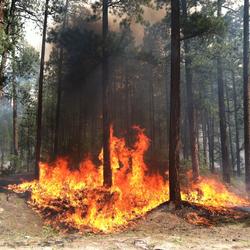Paleoclimate
The Powerhouse of USGS Paleo Research
Earth’s modern climate is influenced by a combination of natural climate variability, changing land cover, and greenhouse gas concentrations. The Ecosystems Land Change Science Program integrates geologic and instrumental climate to understand and anticipate potential timing and range of future change and the impacts on marine and terrestrial systems and society.
















